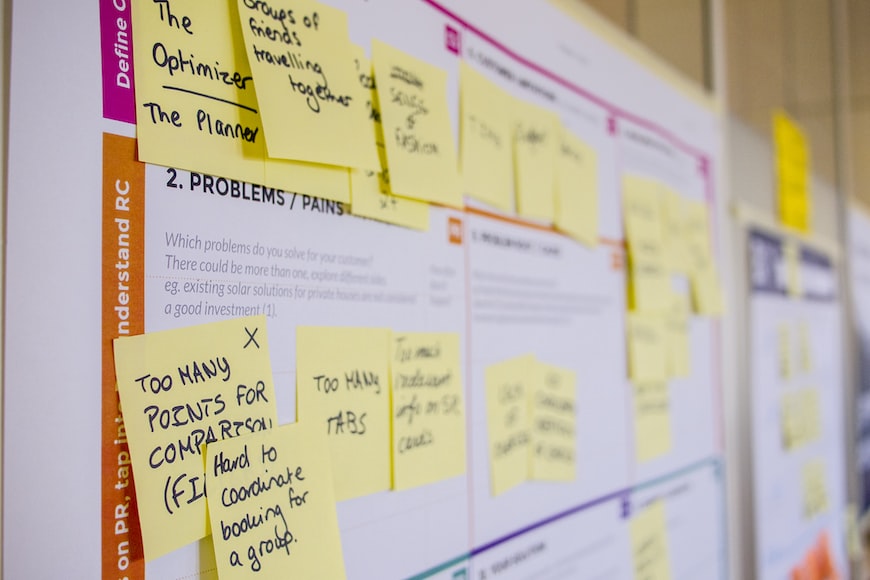A BA business analyst and a PO product owner are important roles in the development and implementation of a software product or solution, yet each role has distinct responsibilities and focus.
The main differences between a BA and a PO include:
- Scope of responsibility: A BA is usually responsible for identifying and analyzing the needs of the business then translating them into requirements for a product or solution. A PO, on the other hand, is responsible for defining and prioritizing the features and specifications of a product or solution based on the needs of the business and the market.
- Stakeholder management: A BA usually works closely with multiple of stakeholders, including business users, IT teams, and management, to gather requirements and make sure that a product or solution meets the needs of the business. A PO, also works with the mentioned stakeholders, however, also works with the development team and is responsible for communicating the vision and goals of the product or solution to them.
- Decision-making: A BA typically does not have decision-making authority over a product or solution, but provides recommendations and insights to decision-makers. A product owner is responsible for making decisions about the features and requirements of a product or solution and prioritizing them based on the needs of the business and the market in collaboration with Product Managers and Customers.
- In-Production: A BA role is typically focused on the analysis and documentation of the requirements. After the product is deployed, the BA role is usually done, with exception of updating documents or documenting missing areas of the system. A PO role continues after system goes into production, responsible for product maintenance and evolution, with a focus on customer feedback, new market opportunities and trends; again in collaboration with product managers, and usually in an “agile” cross-functional team settings.

Both BA and PO play important roles in the development of a software project, and they typically produce different types of documents and artifacts.
The types of documents and artifacts that a BA may produce include:
- Business requirement document (BRD): A detailed document that outlines the business needs and objectives of the project, and defines the requirements that the software must meet.
- Use case document: A document that describes the different scenarios in which a user will interact with the software, and the steps that the software must take in response to those scenarios.
- Process flow diagrams: Diagrams that visually represent the flow of information and processes within the software.
- Functional requirements document: A document that defines the specific functionality that the software must have in order to meet the business needs.
- Data flow diagrams: diagrams that show the flow of data through the software and the relationship between different data elements.
The types of documents and artifacts that a PO may produce include:
- Product backlog: A prioritized list of features and requirements that the software must have in order to meet the business needs and objectives.
- User stories: Short, simple descriptions of the features and specifications that the software should have, written from the perspective of the user or “persona”.
- Wireframes and mockups: Simple visual representations of how the software will look and function. This is usually done in collaboration of UX designers.
- Acceptance criteria: A list of conditions that must be met in order for a feature or requirement to be considered complete. This is an integral component of a user story.
- Roadmap: A high-level plan that outlines the release schedule and major milestones for the software. Depending on various factors, a PO may contribute to this in collaboration with Product Manager, or it is typical compiled by the PrdM.
Such documents and artifacts can overlap in certain aspects, and a PO or BA may use different tools and methodologies to produce them. The main idea is that a BA will focus on understanding and documenting the requirements, while a product owner will focus on defining and prioritizing the features and requirements of the software.
A Software Requirements Specification (SRS) document is a document that outlines the functional and non-functional requirements of a software system. Both BA and PO may produce SRS documents when working on a software development project.
Depending on the process in place, BA or PO create SRS that will be used as a guide for the development team to build the software system according to the business needs.
Different organizations or projects often have different processes and procedures, therefore the level of involvement of the PO and BA in the production of SRS document may vary.
Leave a Reply